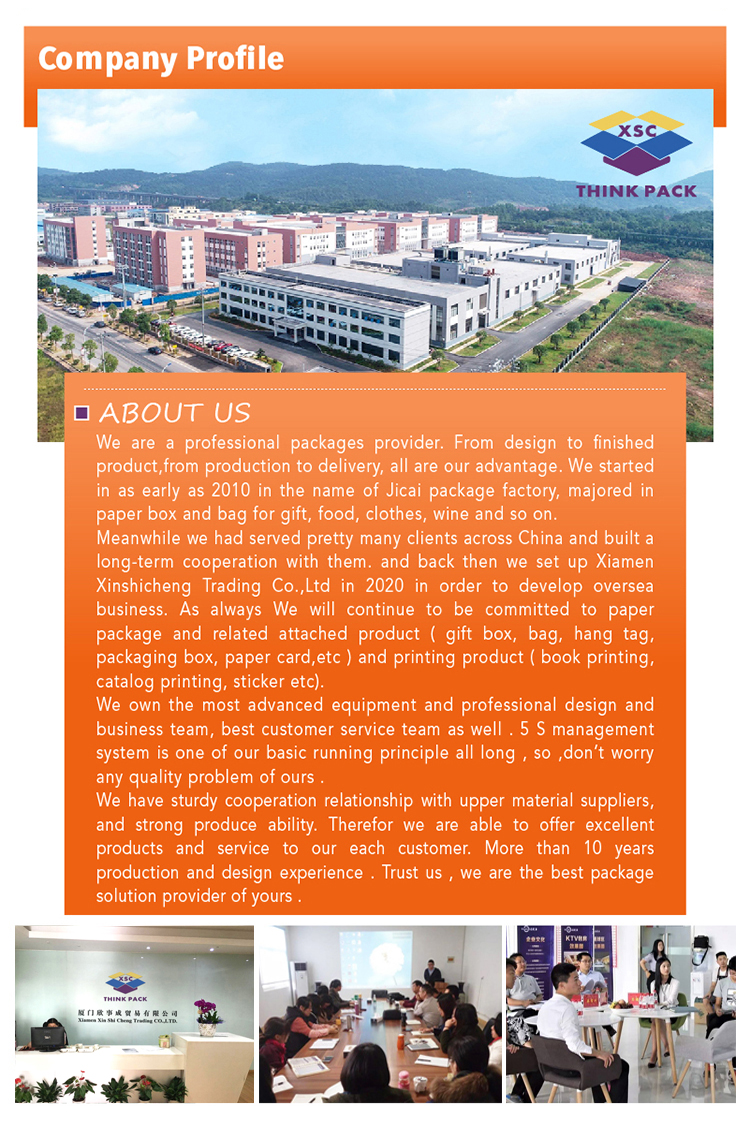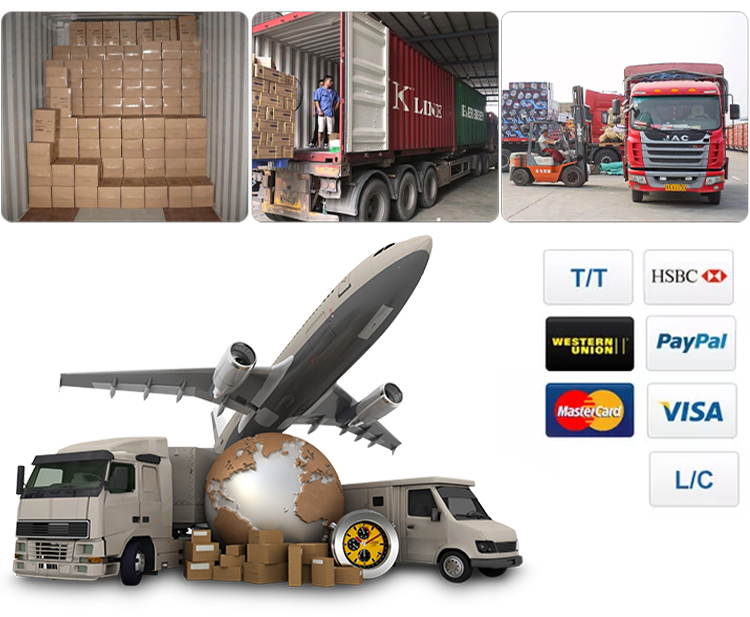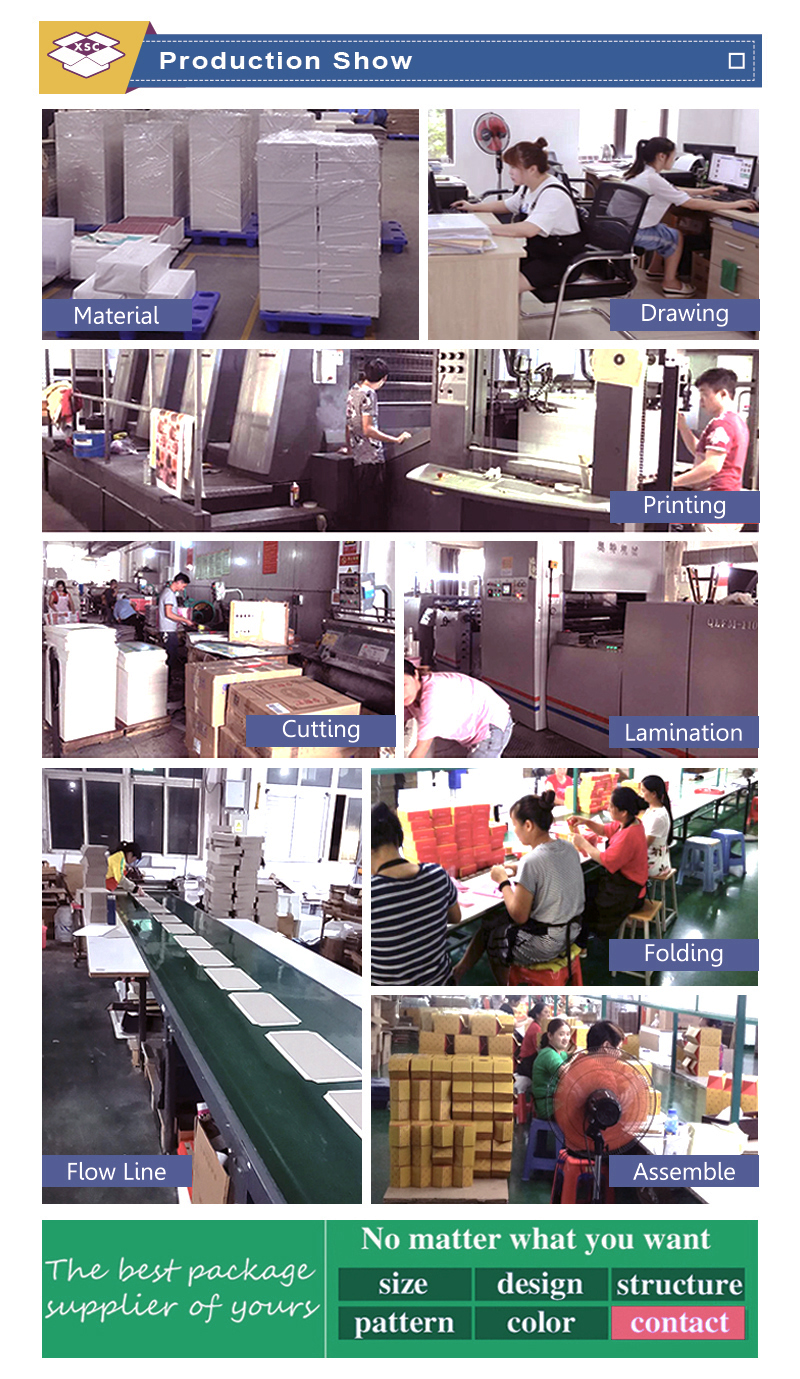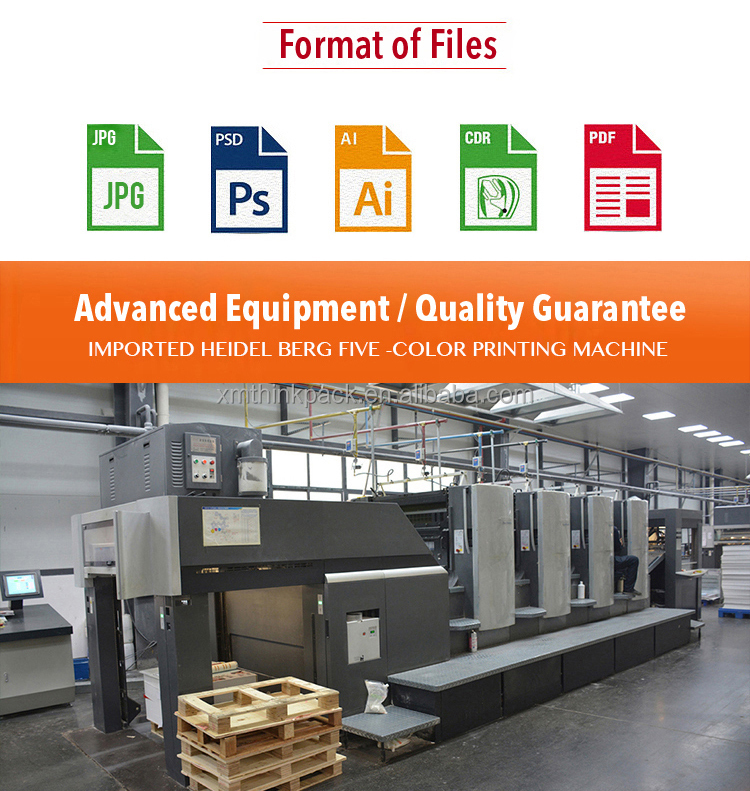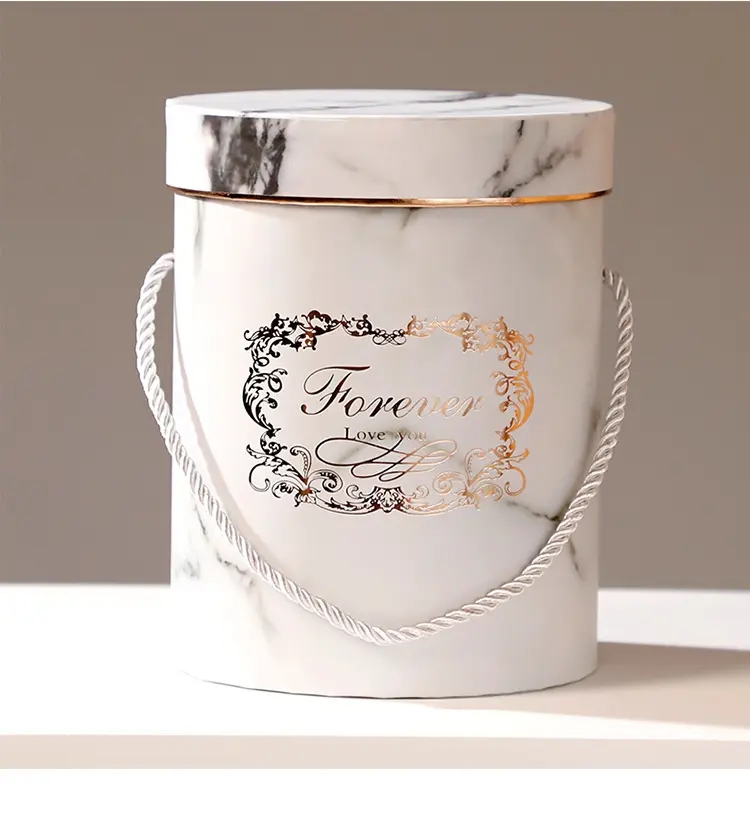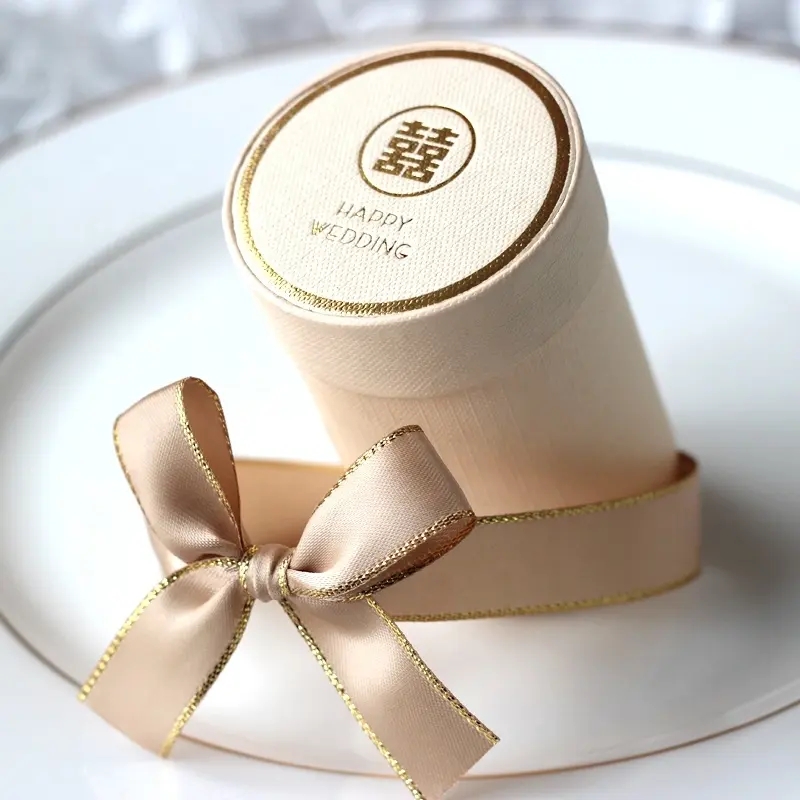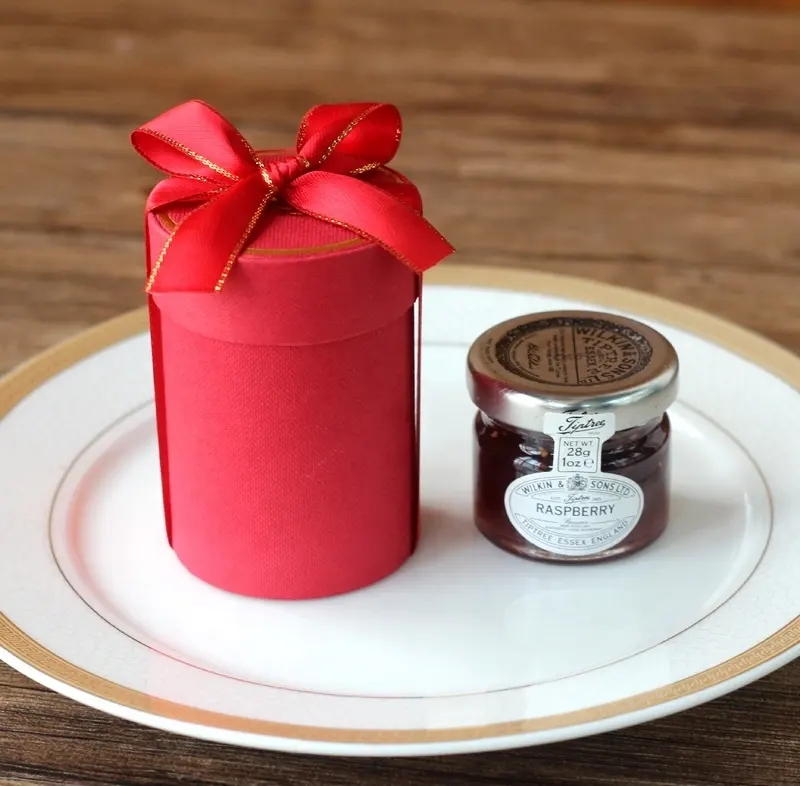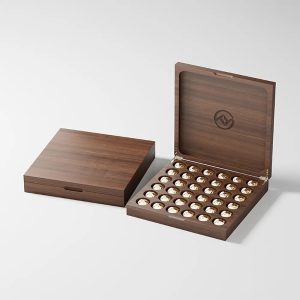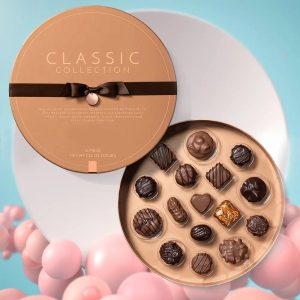Chocolate boxes offer several benefits that make them popular for both personal and gifting purposes. Here are some of the benefits of chocolate boxes:
- Assortment of flavors: Chocolate boxes typically contain a variety of chocolate flavors, fillings, and textures. This assortment allows you to enjoy different taste experiences in a single box. It caters to diverse preferences, ensuring there’s something for everyone.
- Presentation and aesthetics: Chocolate boxes are often designed with elegance and style. They come in various shapes, sizes, and designs, making them visually appealing. The attractive packaging adds to the overall experience, making chocolate boxes suitable for special occasions and gifts.
- Gift-giving: Chocolate boxes are a popular choice for gifts. They are versatile presents suitable for birthdays, anniversaries, holidays, and other celebrations. The luxurious and indulgent nature of chocolates makes them a universally appreciated gift.
- Convenience: Chocolate boxes provide convenience by consolidating a selection of chocolates into a single package. It eliminates the need to individually wrap or package each piece of chocolate. The pre-arranged assortment makes it easy to share and distribute chocolates among a group.
- Freshness and preservation: High-quality chocolate boxes are designed to maintain the freshness and flavor of the chocolates inside. They often include protective measures like individual wrappers, compartments, or trays that help preserve the chocolates’ taste and prevent them from getting damaged.
- Portion control: Chocolate boxes offer portioned servings of chocolates, which can be helpful in managing consumption. The individual compartments or wrappers allow you to enjoy chocolate in controlled quantities, helping you savor the treats without overindulging.
- Variety and experimentation: Chocolate boxes provide an opportunity to try different chocolate brands, flavors, and combinations. They allow for exploration and experimentation with new tastes and textures, expanding your chocolate palate and introducing you to new favorites.
- Sharing and socializing: Chocolate boxes encourage sharing and socializing. They are ideal for gatherings, parties, or family events, where people can indulge in chocolates together, creating moments of enjoyment and bonding.
- Reusability: Chocolate boxes are often designed to be reusable. Once you’ve finished the chocolates, the box can serve other purposes. It can be repurposed for storing small items, jewelry, or as a decorative container, adding value beyond the initial consumption.
Overall, chocolate boxes offer a delightful experience, combining aesthetic appeal, variety, convenience, and gifting options. They cater to chocolate lovers, providing a range of flavors and textures to satisfy different preferences, making them a versatile and cherished treat.
Chocolate boxes can be packaged using various methods, depending on the brand, size, and style of the box. Here are some common packaging methods for chocolate boxes:
- Folding Cartons: Folding cartons are one of the most common packaging methods for chocolate boxes. They are made from paperboard or cardstock and are usually pre-folded and glued into shape. Folding cartons can be customized with printing, embossing, or other decorative finishes to enhance the appearance.
- Rigid Boxes: Rigid boxes, also known as set-up boxes or gift boxes, are sturdy and durable packaging options for chocolates. They are typically made of thick paperboard or cardboard and offer a premium feel. Rigid boxes often feature a separate base and lid that fit together snugly, providing an elegant and secure packaging solution.
- Trays and Sleeves: Some chocolate boxes utilize a tray and sleeve packaging method. The chocolates are arranged in a molded tray made of plastic or food-grade material, and then a sleeve is slid over the tray to enclose and protect it. This method allows for easy access to the chocolates and provides a sleek and modern look.
- Plastic Containers: Plastic containers are commonly used for smaller or individually wrapped chocolates. They can be transparent or colored, and are often stackable and resealable, providing convenience and preserving the freshness of the chocolates.
- Tins and Metal Boxes: Metal boxes or tins are popular packaging options for chocolates, especially during festive seasons. They offer a nostalgic and decorative appeal, and the metal material helps protect the chocolates from external factors like light and humidity. Tins and metal boxes are often reusable and can be collected as keepsakes.
- Cellophane and Wrappers: Chocolate boxes are often wrapped in cellophane or other transparent materials to provide an additional layer of protection and maintain the freshness of the chocolates. The wrapping can be sealed with a sticker, ribbon, or heat shrink bands to secure the chocolates inside.
- Customized Packaging: Many chocolate brands create custom packaging solutions to enhance their brand identity and differentiate themselves in the market. Custom packaging may involve unique shapes, embossed logos, special finishes, or personalized messages, making the chocolate box stand out and leave a lasting impression.
It’s important to note that the packaging methods may vary across different brands and regions, and some chocolate boxes may incorporate a combination of these packaging techniques. The choice of packaging method depends on factors such as product presentation, target audience, brand image, and the overall marketing strategy.
Chocolate boxes offer several advantages that make them a preferred choice for both consumers and businesses. Here are some of the advantages of a chocolate box:
- Protection: Chocolate boxes provide a protective layer for the chocolates inside. They shield the chocolates from external elements such as light, moisture, and air, which can affect their quality and freshness. The packaging helps maintain the integrity of the chocolates, ensuring they reach consumers in optimal condition.
- Freshness and Shelf Life: High-quality chocolate boxes are designed to preserve the freshness and extend the shelf life of chocolates. The packaging materials and construction help prevent oxidation and maintain the chocolate’s flavor, texture, and aroma for a longer duration. This is particularly important for gourmet or artisanal chocolates that are more susceptible to spoilage.
- Aesthetics and Presentation: Chocolate boxes are often aesthetically pleasing and visually appealing. They are designed with attractive colors, patterns, and finishes that catch the eye and create a sense of indulgence. The elegant and enticing presentation adds value to the overall chocolate experience, making it a desirable choice for gifts, special occasions, or personal enjoyment.
- Variety and Assortment: Chocolate boxes offer a wide variety of chocolate flavors, fillings, and textures in a single package. They provide an assortment of options, catering to different preferences and allowing consumers to explore and enjoy different tastes. The variety offered by chocolate boxes makes them suitable for sharing and sampling, enhancing the overall enjoyment of chocolates.
- Convenience: Chocolate boxes provide convenience to both consumers and businesses. For consumers, the pre-packaged assortment eliminates the need to individually select and wrap each chocolate. It simplifies the process of gifting or personal consumption. For businesses, chocolate boxes streamline production and packaging processes, allowing for efficient mass production and distribution.
- Gifting and Special Occasions: Chocolate boxes are a popular choice for gifting. They are widely appreciated as luxurious and thoughtful presents for birthdays, anniversaries, holidays, and other special occasions. The stylish and sophisticated packaging adds a touch of elegance and makes the gift more memorable.
- Branding and Marketing: Chocolate boxes serve as a marketing tool for chocolate brands. The packaging can be customized with the brand’s logo, colors, and design elements, helping to reinforce brand recognition and create a cohesive brand identity. Well-designed chocolate boxes can attract attention, differentiate the brand from competitors, and leave a lasting impression on consumers.
- Reusability and Sustainability: Many chocolate boxes are designed to be reusable. Once the chocolates are consumed, the box can be repurposed for storing small items, serving as a decorative container, or used in various creative ways. This reusability aspect promotes sustainability and reduces waste, adding value beyond the initial consumption.
These advantages collectively make chocolate boxes a popular choice for chocolate lovers, gift recipients, and businesses in the chocolate industry. The packaging plays a significant role in preserving the chocolates, enhancing their appeal, and creating a memorable experience for consumers.
